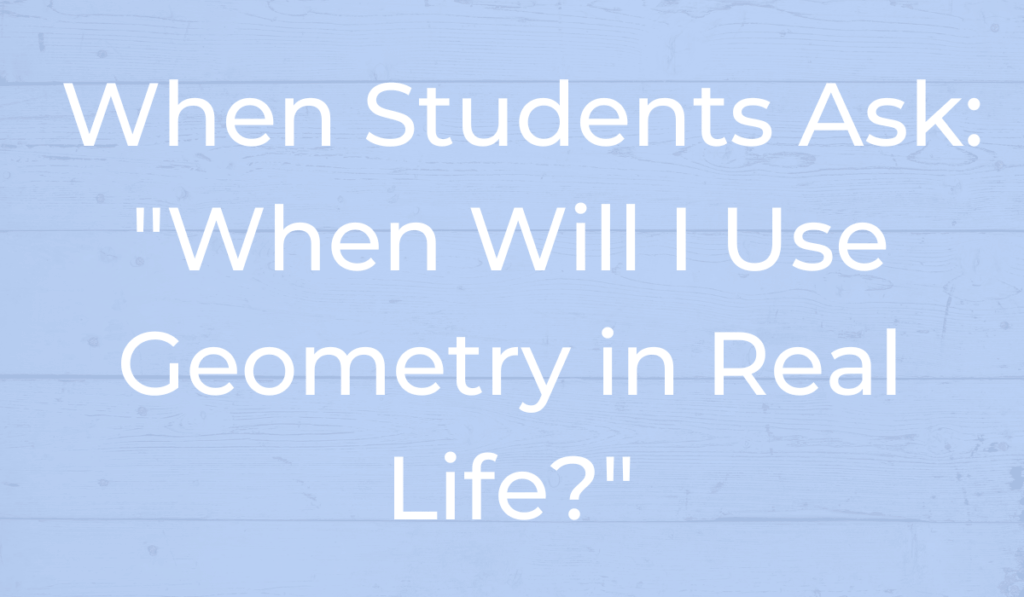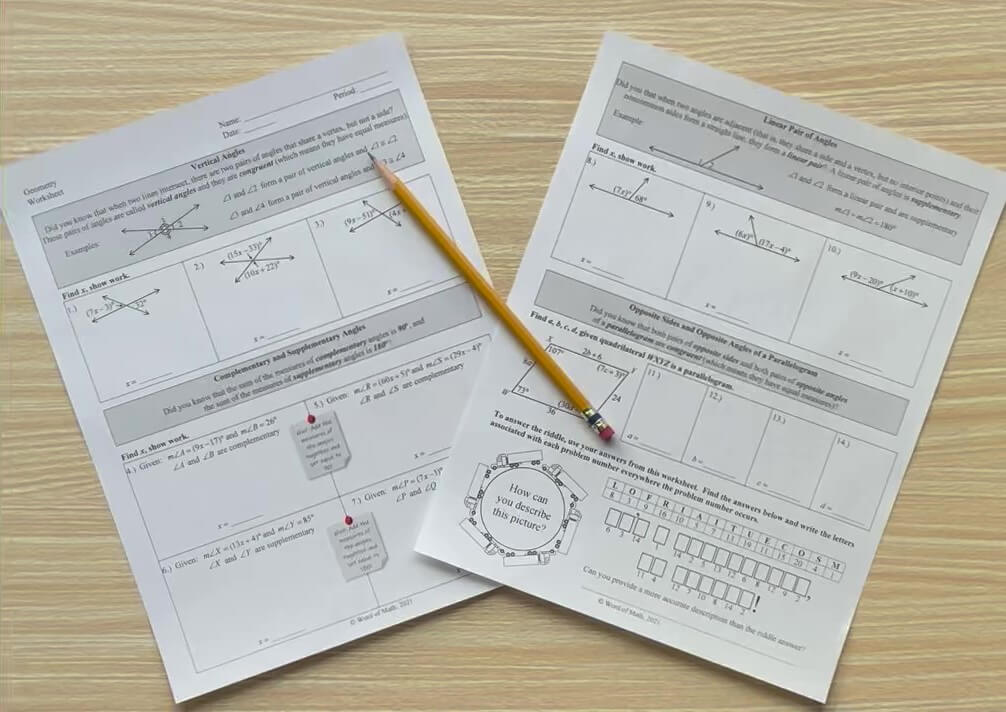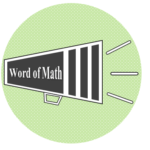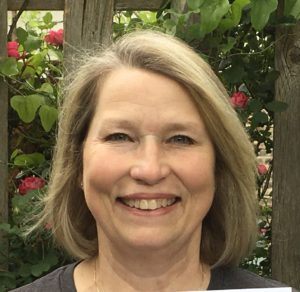The first day of class was going so well…
And then it happened. In the middle of your introductory lesson one of your brand-new students wants to know how to use Geometry in real life. Has this happened to you?
You were prepared with a brilliant lesson plan. Your execution was flawless. And suddenly (could it be!) a hand goes up in the back of the room! “My students are soaking this up and one of them wants to ask a question!”, you think. You check your seating chart – you want to show how much you care by pronouncing the student’s name correctly – you smile, make eye contact, and say, “So and so, do you have a question?” “Uh, yeah”, says the student, “like, why do we have to learn this stuff, anyway? When will I use geometry in real life?”

There it is…
While the rest of the class chuckles, you feel defensiveness welling up in you, and bite your tongue as you hold back the 100 kneejerk, sarcastic comments that cross your mind. Instead, you gather yourself and launch into a long (what you think is interesting) speech on the benefits of logical thinking, spatial reasoning, connection to other branches of math, blah, blah, blah. Eyes glaze over. You’ve lost them. Everything was going great until this one kid with one sarcastic question sent your perfect lesson plan into a tailspin. I know how you feel. I’ve been there. I’ve tried to blunder my way out of the annual quicksand trap of trying to explain, “Why is it important to learn geometry?”
Of course students are going to ask why it is important to learn geometry…
Didn’t you wonder the same thing when you were a kid? About Geometry? About all of your high school subjects?
What I have come to realize, after several decades of teaching, is that it doesn’t much matter how you answer this question. You’ll be selling, but you’ll have a room full of teenagers who ain’t buying!
The actual best answer I have ever heard to the classic question, “Why do I have to study ______?” was shared with me by a dear friend – a veteran teacher whose wit and wisdom were legendary. She said, “The reason you need to study _______ in school is because, someday, when you are having a dinner conversation with friends, and someone alludes to Homer’s Odyssey, the bell shaped curve, or Pavlov’s dog, you won’t feel so darn stupid!” Although I love this answer, it is probably not very professional, and would not help build the kind of rapport with your class that you’re looking for, anyway. Perhaps a better approach is called for.
How to use Geometry in real life? Try an unexpected approach…
So how about trying something different. Consider just avoiding the inevitable dog and pony show put on by the I’m-gonna-show-this-class-how-cool-I-am kid in the room. Be the first to ask the elephant-in-the-room question.
Try this. Next time you introduce a Geometry course, try asking your students to think about the following statement: “Geometry is an ancient discipline, a branch of mathematics that can be traced as far back as 2000 B.C.” Then ask the following: “Why do you suppose every high school in America still requires students to pass Geometry to earn a diploma?”
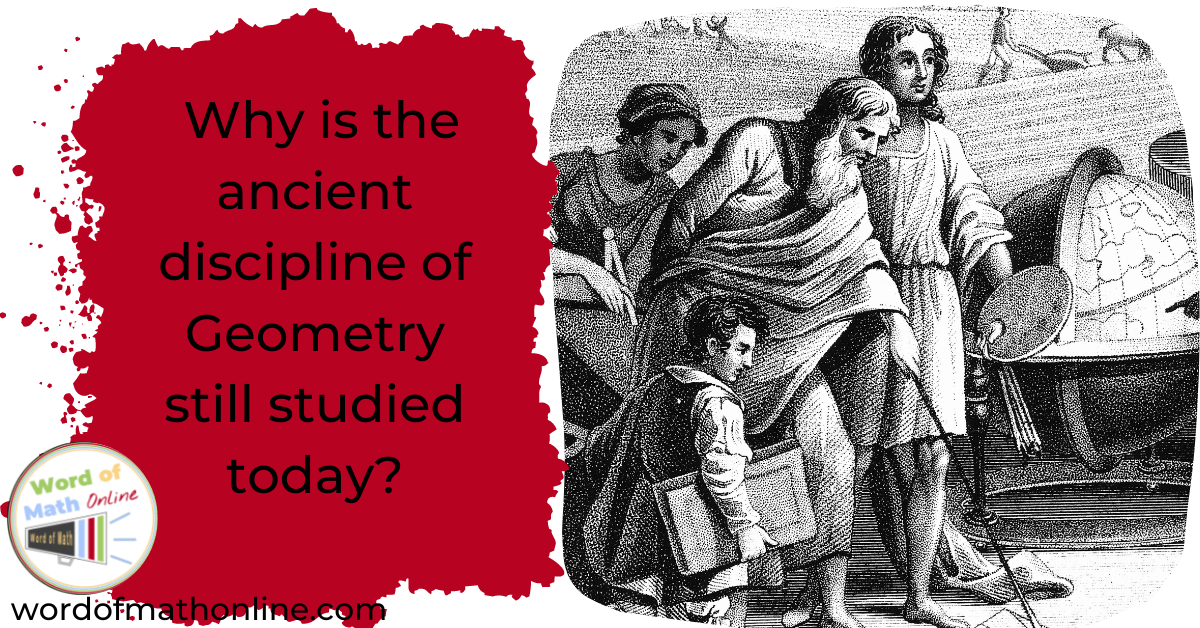
Give your students some quiet time to think. (I find this torturous…let the clock tick and say nothing? It is easier for me to resist a plate of warm chocolate chip cookies than let precious class time pass without filling it with my clever words. I encourage you to be better than I ever was at providing students with think time!). Then, put them in pairs or groups and completely remove yourself from the conversation as your students convince each other why they should study Geometry.
You can have a follow up class discussion if you want to. The teacher-pleasers will wax eloquent, the show-offs will bloviate, all the while the thoughtful students will enjoy a “food for thought” buffet. The key is that you say nothing. Just nod and smile as you think about what you’ll be making for dinner later.
I decided to try a different way to talk about Geometry use in real life…
Whenever I have, perhaps foolishly, ventured into the “What do you use Geometry for in real life?” discussion, I avoid the usual quagmire completely. I try a sneak attack. I liked to surprise the students with something they were not expecting. Rather than droning on (like Charlie Brown’s teacher) about the beauty and wonder of mathematics, I throw up a slide with the following quote, sometimes associated with the playwright George Bernard Shaw:
“The single biggest problem with communication is the illusion that it has taken place.”
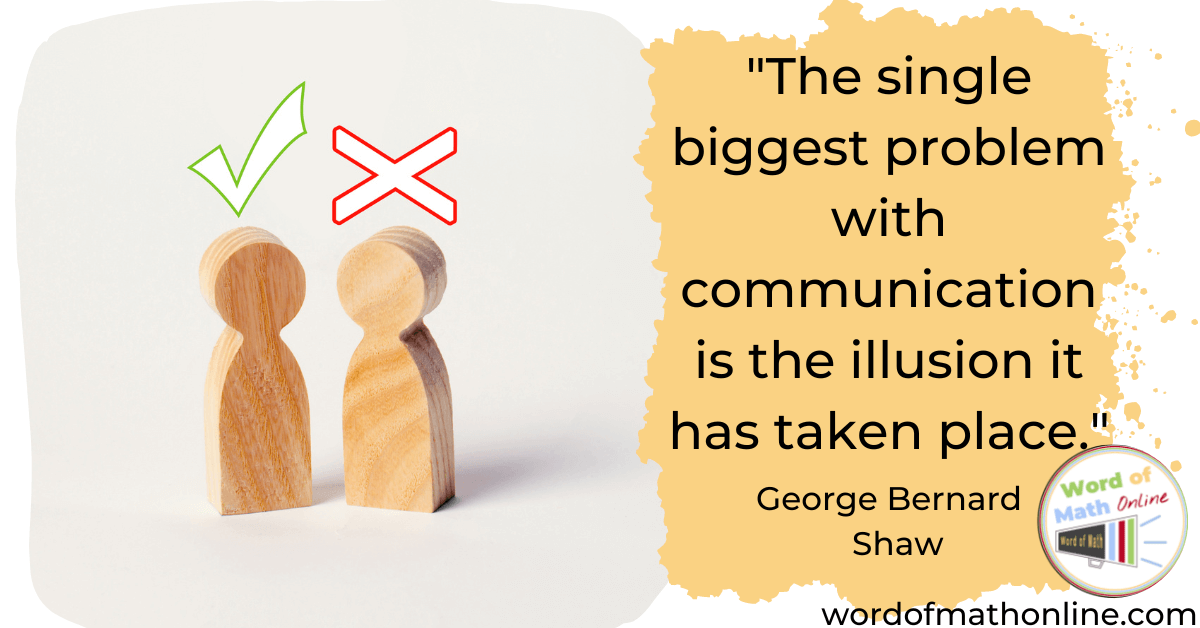
Isn’t it true that everyone would benefit from being a better communicator? Wouldn’t the world be a better place if we all had better communication skills? It would be hard for even a teenager (who thinks studying Geometry is stupid) to disagree with that!
And so, I continue with my sneak attack. The unexpected approach I take with my students is to tell them that my favorite part of Geometry is the fact that they will learn to “mean what they say, and say what they mean.” They will learn how to be precise, and learn how to convince others by proving their credibility.
Why Geometry? Can it to train us to be better communicators?
I follow up with the theme of precise communication all through the year. When a student writes, “angle A equals 90°”, I say, “Hmmm….I think the illusion of communication is taking place. Don’t you mean to say the measure of angle A is equal to 90°?” Or when a student says, “segment PQ is equal to segment XY”, I remind them that, “segments (things) can’t be equal. Only numerical values can be equal. Don’t you mean to say, ‘segment PQ is congruent to segment XY’?”
Likewise, I model and require convincing speech all year. When students say, “All right angles are congruent.” I press them. “You may think you’ve convinced me, but maybe I’m not so sure. How can you back that up?” This pushes students to offer the Right Angle Congruency Theorem (that we have previously proved) as evidence. Aw, there we go. Real communication has actually taken place rather than just an illusion.
Do these subtleties amount to a hill of beans to a student’s overall success in math? Not so much. However, perhaps in the future (long after they have forgotten the Geometry concepts I taught them), students might clarify their words a little better when communicating with others.

And what about writing those dreaded proofs…
This nerdy math teacher loves writing proofs. I shared this personality trait with a grand total of one student throughout all my years of teaching. (His name was David. He would literally jump out of his seat with excitement when I introduced a new concept and promised we would prove it – while the rest of the class groaned!)
The process of writing proofs is a skill that is not mastered quickly and there is a bit of pain involved for most students. (I’ll write more about teaching proofs in other posts.) However, in the future – again long after they have forgotten anything I taught them – they just might be able to persuade someone with a logical chain of arguments, each assertion justified by a known truth.
In the future, my students just might convince someone about something important using reason rather than uncontrolled emotion. Another quote I reminded my students often was Einstein’s “…the rational mind is a faithful servant…”. Communicating rationally and logically will serve students well throughout their whole lives.

So, is there a use of basic Geometry in real life?
Of course, there are many practical uses. (Just ask my sister whose cabinet maker had to remake a custom cabinet because it was impossible to install….He told her, “Geometry is important!”). But maybe there are many more surprising benefits that go way beyond the nuts and bolts of perimeter, area, volume, and the Pythagorean Theorem. Better communication skills (fueled by rational and logical thinking) may be an outcome your students never expected when their guidance counselors forced them to sign up for Geometry.
So, don’t try to sell Geometry to your kids. A few are already sold. But the majority would rather be in a dentist’s chair. Rather, just like the car salesman who reveals the (what?) cupholders you didn’t know exist, point out the benefits of Geometry that your students are not aware of. (I am not kidding here. We drove a van around for 5 years, our kids complaining the whole time because they had to hold their drinks. Imagine our shock when we were shown when we were trading in the van that there were flip down cupholders we never knew existed!). When your students start asking how to use Geometry in real life, sell them some unexpected perks.
P.S…
Could you use some great anytime, no prep Geometry freebies? Fill out the form below and I’ll send them to you right away!
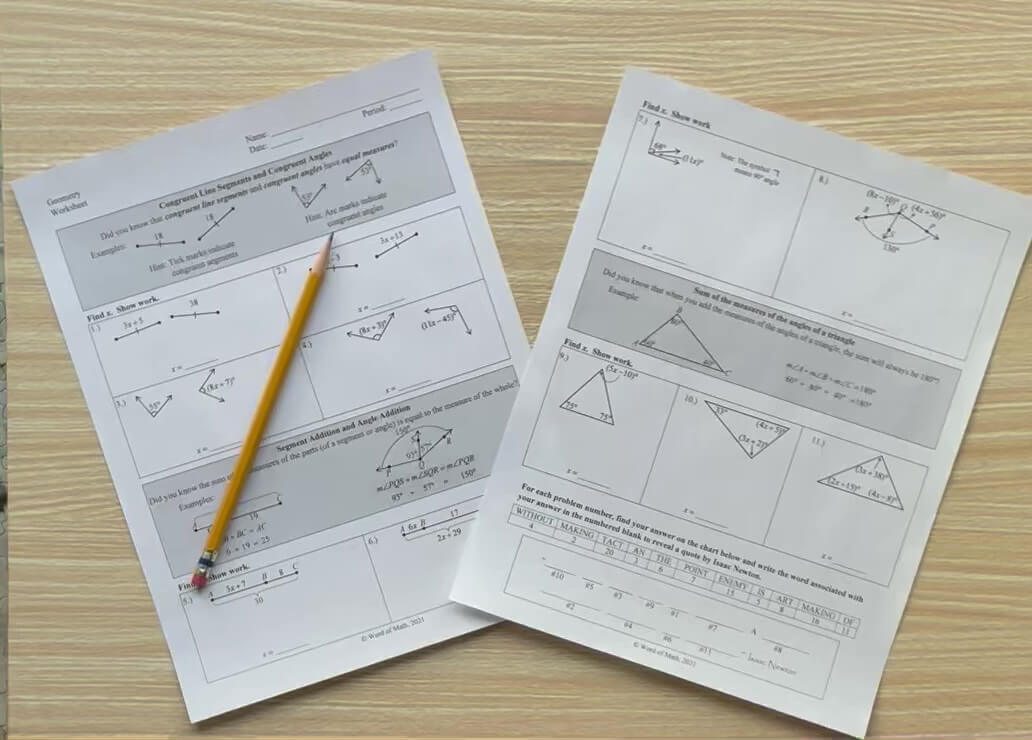
P.S.S…
Are you looking for Geometry resources that will save you time and help you teach well? Then visit my Teachers Pay Teachers store. I am always adding new Geometry resources. You’ll find some Algebra 1 and Algebra 2 resources there, too!

